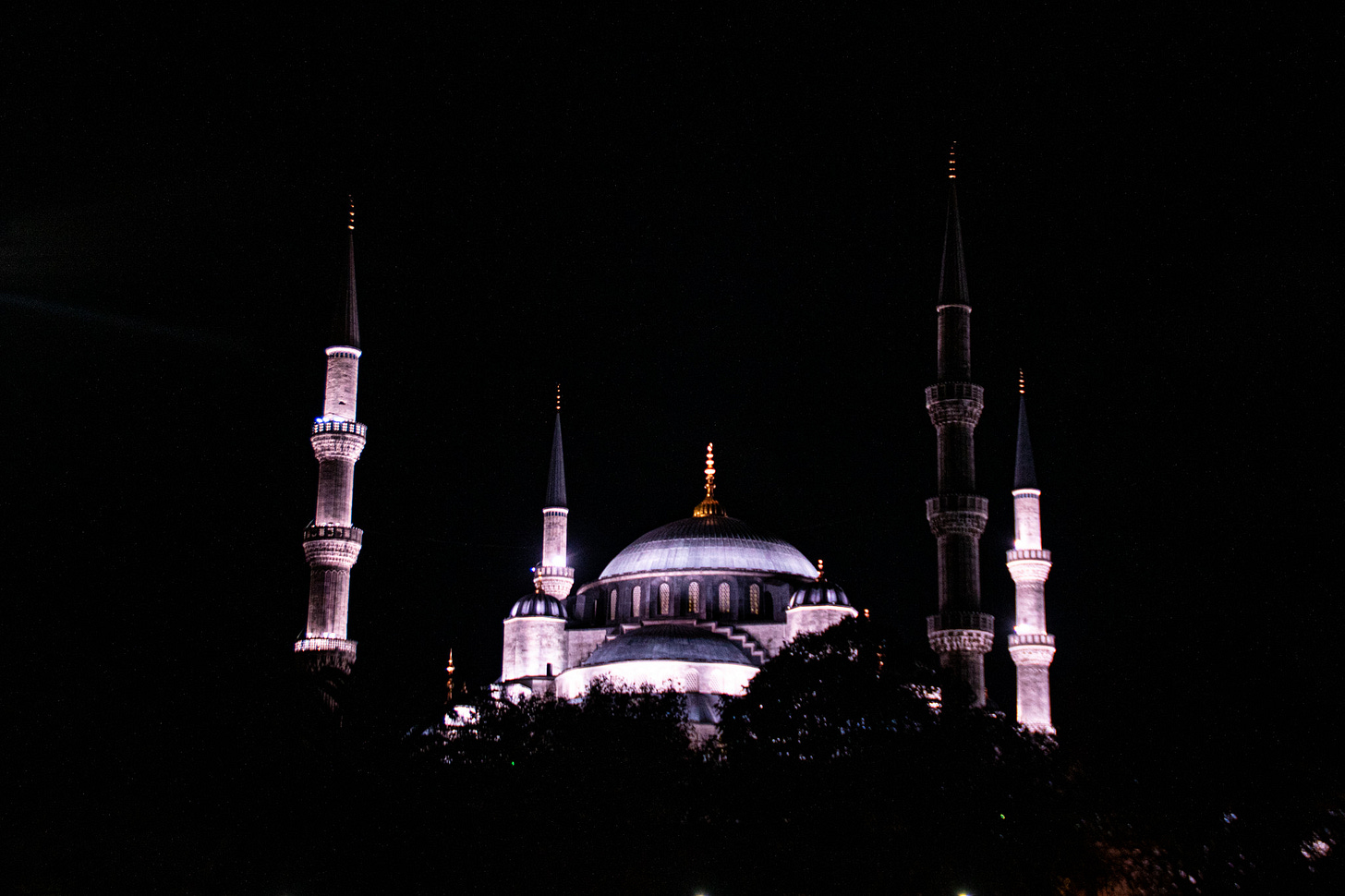My First week in Malaysia was a mix of flavours that came, of course, from the food I ate and the different experiences I had: markets, people, traditions, but let’s start from the beginning: Istanbul.
I did a long transfer in Istanbul, so, after 2 years, I visited the city centre on a free tour organised by Turkish Airlines. It was a five-hour guided tour that started and ended at the airport, we visited the Grand Bazaar, the Blue Mosque and Hagia Sofia, and we finished with dinner at Tarihi Sultanahmet. In general, it was a nice experience, I met other travellers, and I had the opportunity to see again one of my favourite cities.
I usually don’t look for these kinds of tours, but it was for free and revisiting Istanbul was important to me.
After a 10-hour flight, I landed in Kula Lumpur. The first thing I experienced was rain, it is the beginning of the wet season, and basically, every afternoon/night rains here. My first impression was a mix of skyscrapers and jungle, I liked to see these tall buildings surrounding a park with plants and trees that I had never seen before.
From the airport I went directly to Sarang Cookery where I met Lili and her mom, their smiles made me feel immediately welcome. The place where they live is a 100-year-old building, the restaurant is on the ground floor and on the second floor there is their house. This week and especially the first days were used mainly to get to know each other and learn how we can collaborate.
Sarang Cookery is a restaurant where Lili cooks Peranakan food with ingredients from her garden and local markets. She brought me to two different markets, and it was an amazing experience for me, a lot of colours, smells, flavours, and many different fruits and vegetables that I had never seen before. In her garden, she grows many different vegetables, herbs and edible flowers.
Peranakan food is a unique and flavorful culinary tradition that originated from the Chinese and Indian immigrants who blend with the Malay community. Peranakan cuisine reflects a rich tapestry of flavours, textures, and aromas. Signature dishes often feature a balance of sweet, sour, salty, and spicy elements, creating a delightful and complex taste profile.
Peranakan cuisine survives through dissemination in families from generation to generation, and every family has different recipes for the same dishes. Because Lili doesn’t have kids she decided to do cooking classes to share the recipes she learned from her father, with travellers and locals who want to learn from her.
We agreed to work together in the way to improve and make more popular her cooking classes, this most probably will be my main activity here.
I didn’t visit the city much this week, it took time to adapt to the time zone and the weather didn’t help, I have the opportunity in the mornings because usually, it starts to rain in the afternoon, but next week I will have free days to explore Malaysia. So far I walked around the area where I live and I went to see the Petronas Towers and Thean Hou Temple.
The Petronas Towers are iconic twin skyscrapers that have become a symbol of modern Malaysia. Standing at a height of 452 meters (1,483 feet), the towers held the title of the world's tallest buildings from 1998 to 2004. The towers are connected by a double-decker sky bridge on the 41st and 42nd floors, providing both structural support and a breathtaking panoramic view of the city.
Petronas Towers houses a mix of commercial offices, a concert hall (Dewan Filharmonik Petronas), an observation deck, and the Suria KLCC shopping mall at their base.
The Thean Hou Temple is one of the oldest and largest temples dedicated to the Chinese sea goddess Mazu, who is also known as Tian Hou or Thean Hou.
The temple complex spans six tiers and is adorned with intricate carvings, colourful murals, and beautiful embellishments. The roof is covered with vibrant, multicoloured tiles, and the temple is set against the backdrop of lush greenery, providing a serene and picturesque atmosphere.
The Thean Hou Temple offers panoramic views of Kuala Lumpur and has become not only a spiritual centre but also a cultural and architectural landmark in the city.
What I liked till now is the diverse cultural landscape of Kuala Lumpur, reflecting Malaysia's multicultural society, and contributing to a rich tapestry of traditions, languages, and cuisines. Thanks to Lili, who is giving me delicious food and is always pushing me to try a lot of different things, I am learning a lot about this country. I can't wait to continue this journey and share it with you all. Until next week!
Flavio





























